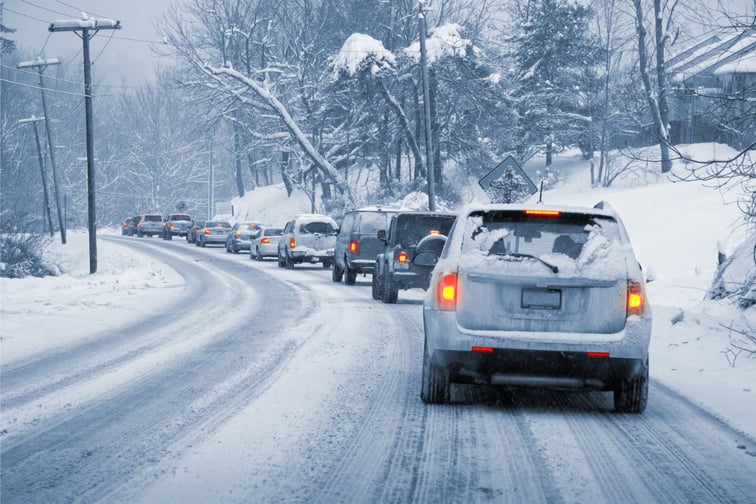

With the number of vehicular accidents in the Southern Interior increasing significantly during the winter season, the Insurance Corporation of British Columbia (ICBC) is urging drivers to exercise considerable caution.
Police data between 2016 and 2020 obtained by the Crown corporation showed that car crashes resulting from “driving too fast for the [road] conditions” saw a 138% spike in January compared to October. The figure represents the largest increase in the province.
This prompted the ICBC to advise motorists to adjust their driving and ensure that their vehicles are ready for the road conditions.
“In bad weather, slow down, increase your following distance, and allow extra travel time,” the corporation said in a statement. “Keep an emergency kit in your vehicle at all times to help you and your passengers stay safe.”
The insurer also shared five tips on how drivers of all experience levels can stay safe on the road during winter.
Read more: Most Canadians are unprepared for winter driving – survey
“If severe winter conditions arrive, consider your options,” ICBC added. “Wait until road crews have cleared major roads, call a taxi or ride-hailing service if you're not confident driving in the winter conditions, work from home, or take public transit if possible.”
